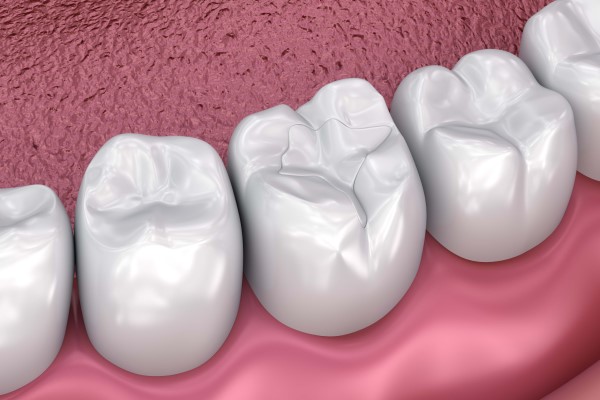Aftercare for a Dental Filling

When your dentist finishes installing your dental filling, the anesthesia will still be working even by the time you arrive home. Your dentist knows that you will feel the discomfort kicking in eventually. With proper aftercare, you can recover from your dental filling procedure without issue. You can also find out if you need to see your dentist again to relieve your pain. If you want to know how to care for your filling the right way, below are some tips to consider.
Waiting for the effects of anesthesia to fade
Dentists use local anesthesia to apply dental fillings. A small hypodermic needle helps administer it. Patients experience the effects of the anesthesia for about two to four hours. While the patient still feels the effects of the anesthesia, the patient should observe better oral care.
Chewing should stop for a while. The mouth stays numb because of the anesthesia. One cannot feel anything at all that touches the inner part of the mouth. The patient should not eat until the feeling in the mouth comes back. If there is a need to at least drink something, hot drinks should not be on the list. Scalding the mouth is possible at this time.
There may be some pain in the jaw or gums as the anesthesia wears off. This may happen due to some gum irritation caused by the injection of anesthesia. If the patient is a child, adults should monitor the child carefully. The child might bite on the soft tissues inside the mouth and cause injury. On the other hand, older patients should chew carefully as the anesthesia wears off. If there is some discomfort, taking paracetamol can help relieve it.
Pain in the neighboring teeth
There might be some pain in the neighboring teeth of the tooth that had a dental filling procedure. The patient should not worry if this happens. There is nothing wrong with the patient’s teeth at all. It is a normal effect of the treatment. The pain will reduce in about two weeks. If the patient cannot tolerate the pain, over-the-counter pain relievers can help.
Obstructive filling
A common cause for tooth pain after the dental filling is that the dental filling may be too high. If the patient feels that the tooth is obstructive during chewing and speaking, the patient should see the dentist again. The dental filling may need some reshaping or filing down. This matter is important because if the filling is not set correctly, it has a high risk of cracking.
Lingering tooth pain
If there is constant, lingering, sharp pain, tooth decay may have reached the pulp of the tooth already before the filling was applied. The throbbing pain is usually alarming. An appointment with the dentist will confirm that there is an infection in the pulp. Taking pain relievers may help. If there is an infection in the pulp, a root canal is the primary treatment for it.
The right aftercare following your dental filling can ensure good results
A dental filling procedure can improve your oral health. It can enhance your comfort while you speak or chew. After getting your dental filling, you should monitor the way you feel with the newly placed filling. It should not be bulgy, rough, or uneven. Instead, it should be level and not cause the mouth to feel awkward. The healthiest form of aftercare after getting your dental implants is to stay in constant communication with your dentist.
Are you considering getting a dental filling in the Killeen area? Get more information at https://www.texasstarsmiles.com.
Check out what others are saying about our dental services on Yelp: Composite Fillings in Killeen, TX.
Related Posts
A dental filling is important in achieving good dental health and a painless smile. This dental restoration can seal the tooth and protect it from further decay. Knowing when to get fillings can help you achieve your smile goals earlier. Here are the signs your tooth may need a dental filling right away.Pain often develops…
The lifespan of a dental filling is limited. Due to normal wear and tear, a replacement may be necessary. When a filling deteriorates or comes loose, your tooth loses the protection that it has against injury and decay and will be more vulnerable to dangerous bacteria. To avoid more dental issues in the future, you…
Dental fillings are one of the most common types of restorative services offered by dentists. They are used for a variety of purposes, including to repair a cracked tooth. This review discusses the use of dental fillings to repair a cracked tooth and when a filling is the most appropriate solution.A cracked tooth can be…
If you have ever gotten a cavity, you most likely had it filled with a dental filling. Dental fillings are used to fill the space left by a cavity.The recommended time for a dental filling is when your dentist detects the beginnings of tooth decay and not when you notice a hole in your tooth.…
